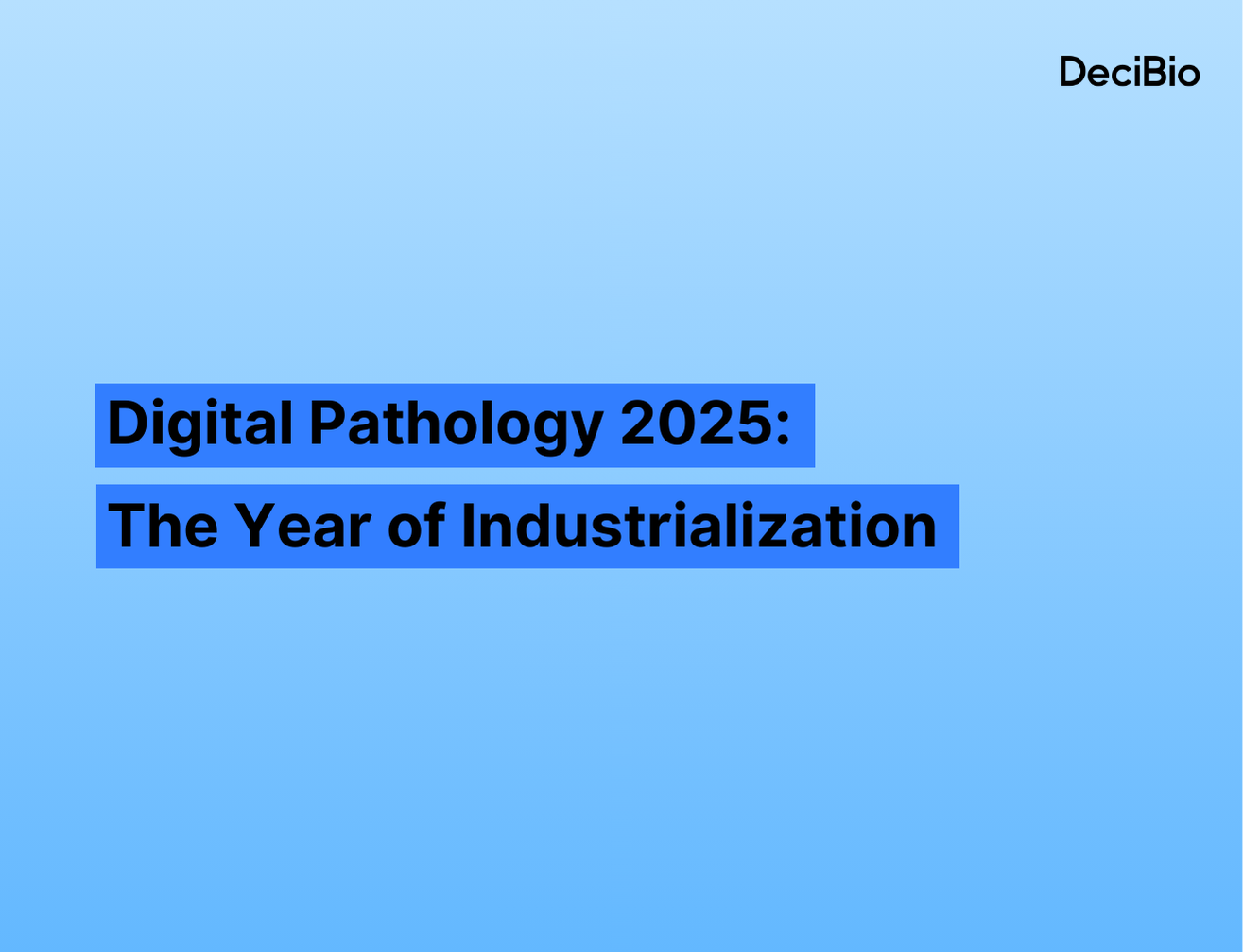A Longer-term Viewpoint For An Industry Dominated by Short-term Takes
Analyses of the three leading CRISPR gene editing companies have largely tracked the space reactively, providing short-term forecasts based on the ebb and flow of press coverage and company announcements. However, in the ongoing race to get CRISPR into patients’ hands, we expect little meaningful differentiation in the short-term. Here, we highlight key insights for proactively assessing the long-term strategies and competitive positioning of these companies:
Each company has carved out a distinct flagship domain, creating space to develop adjacent therapies without facing early competition
Editas (EDIT), Intellia (NTLA), and CRISPR Therapeutics (CRSP) have each prioritized a therapeutic application with several adjacent indications, paving the way for quicker clinical expansion after first successes.Editas has set its sights on ocular disease with its lead candidate, EDIT-101, for Leber congenital amaurosis (LCA10). Editas has additional preclinical ocular programs for Usher syndrome 2a and herpes simplex virus (HSV-1).Intellia’s initial focus has been on developing its transthyretin amyloidosis (ATTR) candidate; however, the company expects quick subsequent expansion into adjacent hepatic indications, including hepatitis B virus (HBV), alpha-1 antitrypsin deficiency, and primary hyperoxaluria.CRISPR Therapeutics has taken a different approach, prioritizing indications amenable to ex vivo editing. In addition to CTX001, its lead candidate for beta thalassemia and sickle cell disease, the company has aggressively invested in developing CTX101, a CAR-T cell candidate for CD-19+ malignancies.
CRISPR Therapeutics is poised to enter clinical trials first, followed soon after by Editas Medicine; Intellia Therapeutics trails
In December, CRISPR Therapeutics submitted a clinical trial application for its first PI/PII study to test CTX001 for beta thalassemia in collaboration with Vertex Pharmaceuticals. Based on typical CTA approval timelines for advanced biologics, we expect this trial to launch during Q2 2018. CRISPR Therapeutics anticipates an additional IND filing for CTX001 as a sickle cell treatment by the end of Q2 2018 and for CTX101 in Q4 2018, creating a path to having 3 clinical trials by 2019.Editas’ long-awaited IND submission for the EDIT-101 PI/PII trial is expected mid-2018, and the trial may kick off as soon as Q3 2018. The company is expected to file additional INDs for sickle cell disease, beta thalassemia, and up to two CAR-T oncology candidates in 2019.While Intellia has abstained from publicly discussing its expected timeline, we expect an IND filing for its leading ATTR program near the end of Q4 2018 / beginning of Q1 2019. By the end of 2019, we may see additional filings for Extellia’s ex vivo programs for engineered HSCs and CAR-T cells.

While CRISPR Therapeutics’ short-term first-mover advantage has fueled investor optimism, Editas and Intellia’s long-term R&D strategies are currently undervalued
CRISPR Therapeutics’ strong early position will soon be challenged by Editas and Intellia, whose second-wave strategies include hemoglobinopathy and engineered cell programs. CRISPR Therapeutics’ success will depend on its ability to defend its position in these core therapeutic areas and stake out new territory with its second wave of programs.While Editas and Intellia have prioritized developing in vivo editing approaches, they have established strong partnerships with Juno Therapeutics and Novartis, respectively, to keep pace in ex vivo applications. CRISPR Therapeutics, in contrast, has heavily focused on ex vivo programs, with limited investment in in vivo editing. As the three companies venture into both in vivo and ex vivo applications, we may see Editas’ and Intellia’s gambit pay off and shake up the leaderboard.
Convergence of second-wave strategies around hemic diseases and CAR-T / cell engineering will drive competitive divergence in 3-4 years
All three companies recognize hemic diseases and engineered cells (both immune and stem) as key opportunities in the space. As companies converge on hemic diseases, a limited set of indications with many well-understood single-gene or single-nucleotide associations, they will be forced to strategically differentiate themselves from competitors’ therapies. While the broad cell engineering landscape affords greater freedom to pursue different indications, we’re already beginning to see convergence on CAR-T cell therapies for CD19+ B-cell malignancies. As CAR-T techniques mature, we expect to see further competition in cancer indications with large addressable patient populations.Until the giants are forced to face off on these core indications, we’re unlikely to see any meaningful competitive differentiation. In the long-run, dominance in these core competitive areas will be determined by: (1) safety and efficacy of therapeutics, (2) supply chain, manufacturing, and distribution strategy and management, (3) payment structures that maximize accessibility and use of therapies, (4) ability to minimize invasiveness and need for re-dosing, and (5) companion / complementary diagnostic strategies for patient selection.While CRISPR / Cas-based editing appears poised to win this space, an eye should be kept on companies with technologies outside the Big 3’s patent estates (e.g., Sangamo, Cellectis, bluebirdbio, Precision Biosciences) who are sure to jockey for a slice of the gene editing market.
Contact us for more information about DeciBio’s Competitive Intelligence (CI) tools, CRISPR Discovery Portal, or other market intelligence products.
Author: Chris Lew

Chris Lew is a Senior Analyst at DeciBio interested in innovative genomic and health technologies and their impact on population health. He has experience developing go-to-market strategies, evaluating market and technology opportunities, and supporting commercial due diligence for companies in the NGS, CRISPR, immuno-oncology, and clinical decision support spaces. Connect with him on LinkedIn.Disclaimer: Companies listed above may be DeciBio clients and/or customers.




.png)

